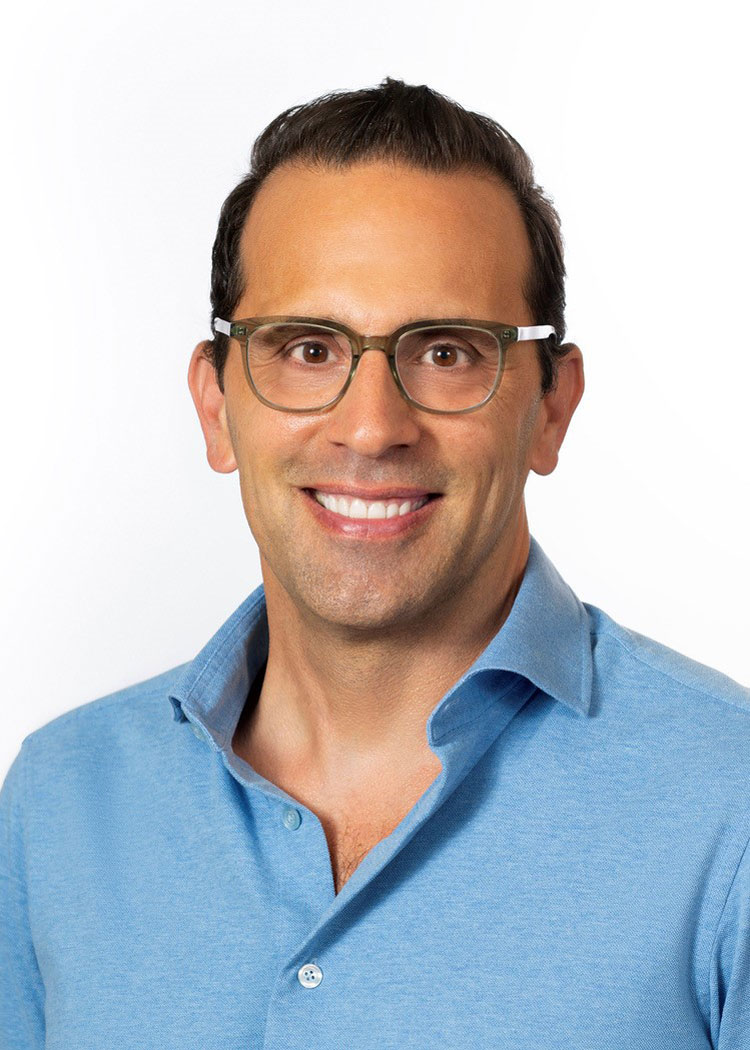Recover Productivity by Rediscovering How Work Gets Done

A recent McKinsey article titled “Actions the Best CEO’s are taking in 2023,” showed a renewed focus by CEO’s on performance, citing clear intent to automate work and reduce administrative burden in the hopes of making work easier to do. Though streamlining how work gets done is laudable and central to long-term value creation, there might be a more powerful path to gaining higher discretionary effort, building deeper commitment, and getting more creative energy flowing to mission-critical projects.
The State of Work Today
Let’s start by looking at the state of work today. Gallup estimates there is $7.8 trillion dollars of lost productivity in our companies across the globe due to disengagement with only 21% of talent who is fully engaged. Simply put, work is harder than it should be, for most of us, most of the time. Smart and capable talent is putting effort and energy toward context and coordination instead of their craft (their core capability or skill). The results are burnout and languishing for talent and lower productivity and value creation for companies.
Why is disengagement so rampant? What is happening in our companies that stops talent from being at their best? Popular opinion has been that the issue is good or bad culture and so companies have invested in reimagining their culture and/or changing their approach to work by employing the best practices of `great companies” or buying the off-the-shelf products and platforms of the top Human Capital consultancies. The commitment to fixing what ails companies is shown by the market for human capital management solutions and services which is expected to hit $28 billion in 2023 on its way to $52 billion by 2030. Yet, for all of this investment, employee engagement has remained relatively unchanged over the last decade.
It is time to shift from building a “good culture” to simply rediscovering how we work when we are at our best.
Why How We Work Is More Important Than Ever
There are as many ways of working as there are companies on the planet. Each company has a distinct and differentiated way that work gets done–how they collaborate, solve problems, manage conflict, prioritize, sell in ideas, give feedback, develop leaders, rest and recover, etc. And, so does each talent. So, what if the problem isn’t good or bad culture, but right or wrong fit between how a talent prefers to work and how a company functions every day. The more we fit, the more of our creative energy goes to the success of the company and our own personal fulfillment versus the coordination of work.
Without a doubt, there are toxic leaders, dysfunctional teams, and inequitable systems/structures, but very few companies (if any) set out to create a poor experience for their talent. However, as a company grows, it brings in more and more talent from the outside. This new talent comes in with highly valuable skill, capability, and experience, but they also bring with them preferred ways of working and leading. You see, successful leaders have an operating system they use, a well honed and habitual way of working, that includes:
- Work Principles: Think about work principles as norms or work ground rules at the company level. These are the organizational guidelines to frame how it should feel to work in a group or a team anywhere in the company. Principles help create a cohesive environment where everyone stays aligned to a single philosophy of how work gets done. Examples are “the consumer decides” or “we are asynchronous work first, meetings second”.
- Work Practices: If work principles are “the way work should feel,” then work practices are the “how work gets done.” Work practices are the methods, models, and mindsets that leaders use day-to-day. Practices dictate a leader’s approach to how they collaborate, solve problems, manage conflict, kick off team meetings, socialize ideas, give feedback, run their calendars, develop their talent, etc.
- Work Platforms: Work platforms are the technology and tooling that leaders use to do work every day. In other words, it is the tech stack that enables work that includes elements that range from communication (Slack, Teams, Gmail) to project management (Asana, Monday.com, etc.) Work platforms have quickly become an essential element of work in a hybrid world.
Why does this matter? Because the cost of many different styles in one company is significant in terms of lost value creation, innovation, employee engagement and retention, and speed.
A Few Ways to Mark Work, Less Work
Creating a consistent and differentiated approach to work across the company is vital to ensuring creative energy and effort are fully harnessed. Wrong Fit, Right Fit – Why How We Work Is More Important Than Ever, lays out a roadmap for how a company can build better ways of working, find talent that work like they work, and benefit from right fit. To start, companies should:
Clarify your ways of working across the company. Culture is simply the aggregation of our collective behaviors within a company. And, as a company grows, culture can easily become a melting pot of many different ways of working and values. So, getting work done day-to-day becomes a herculean effort of context shifting and coordination and what a company truly values becomes increasingly unclear to their talent. This is likely the reason that MIT, in a new body of research with Culture500, recently found that there is zero correlation between the espoused values of a company and the sentiment employees hold of how strongly those values show up in the day-to-day. So, companies would be smart to clarify and make their work principles, practices, and platforms consistent by rediscovering how the company works at its best.
Onboard with an eye on readiness. Jobvite recently reported that 35% of new joiners will leave their company within the first 90 days. Similarly, PwC reported that an estimated 52% of new joiners who make it 6 months will be actively looking for a new job. The net-net here is that talent arrives at our companies, but are not settling in. The biggest reasons cited for this is misalignment of expectations, work/life balance, and lack of clear growth opportunities. To combat this trend, companies should reexamine their onboarding approach and invest more time in building commitment with new joiners by clarifying their role in the company, immersing them in the business model, teaching them the ways of working, and creating a strong network of mentors, co-conspirators, best friends at work, and like-minded doppelgangers.
Re-recruit your talent across as often as possible. Pete Davis, in his book Dedicated, talks about the crisis of commitment facing us all where the majority of talent are “infinitely browsing” due to distraction, over-abundant access to information, and FOMO. Thus, our employees are always at risk of being enticed away from our missions and our companies. Leaders must rethink how they approach all the touchpoints an employee has with the company–ranging from coffee chats to town halls to programs/policies. Each of these moments is an opportunity to re-recuit them back to the company by answering 5 key questions:
- Why is the world better with us (our company) in it?
- How do we make money and have an impact?
- Where are we going in the next 2 years?
- How do we get work done?
- What is our unwavering promise to you, our talent?
The path to higher commitment and engagement is rocky, for sure. However, if companies build a clear, consistent, and differentiated way to get work done, they will attract talent who shares their values and works like they work. From there, companies will experience the power of right fit with their talent and see higher levels of productivity and more creative energy flowing to our biggest, highest value initiatives.
Written by Dr. André Martin.
Have you read?
World’s trendiest countries, 2023.
World’s Richest People (Top Billionaires, 2023).
Best Apps for Reading News for Google’s Android and Apple’s iOS.
Music successful CEOs and C-level executives listen to.
Which are the healthiest countries in the world for 2023?
Ready to join the CEOWORLD magazine Executive Council– Find out if you are eligible to apply.
Add CEOWORLD magazine to your Google News feed.
Follow CEOWORLD magazine headlines on: Google News, LinkedIn, Twitter, and Facebook.
Copyright 2024 The CEOWORLD magazine. All rights reserved. This material (and any extract from it) must not be copied, redistributed or placed on any website, without CEOWORLD magazine' prior written consent. For media queries, please contact: info@ceoworld.biz








